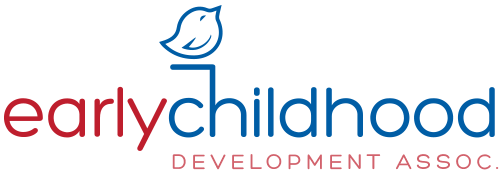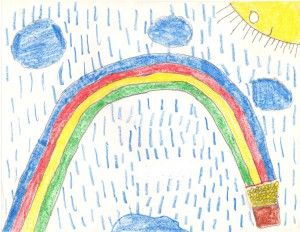While various forms of therapy can be beneficial for a child, many children may find it scary or difficult to verbally express themselves for many reasons. Art therapy is a quickly growing specialized area of psychotherapy that can help children (and adults) express emotions and experiences beyond what verbal language is capable of.
Long before we develop verbal language, we exist in a world of images. Throughout our first three years, before we fully develop our ability to be understood verbally, we associate feelings with these images: the image of our mother’s face or breast, the image of the pacifier or the person with the loud angry voice; the uncomfortable car seat, or our favorite toy. Our most primal emotions are stored in this world of images, gaining access through art and creativity can allow us to express and understand ourselves more fully.
Art therapy can be used as part of, or in lieu of, any type of therapy, and is incredibly efficacious for children and families as both short- and long-term therapy.
9 Ways that Art Therapy Can Help Children
The simple process of creating art can help children navigate and cope with difficult feelings, learn frustration tolerance, build self-awareness and self-confidence, and give the child a life-long tool for healthy emotion regulation and expression.
Children are naturally creative and can use the creative process as a way of communicating and working through any number of challenges such as:
- Death of friend or family member
- Trauma
- Learning challenges
- Emotional issues such as phobias or insecure attachment
- Increasing motor skills
- Increasing social skills
- Understanding and dealing with physical or emotional challenges
- Behavioral challenges
- Increasing language
What Does a Session Look Like?
It depends on the age of the child and the preferences of the therapist. Various art supplies are used to achieve different goals, such as opening up a resistant child with loose media like finger paints, or teaching self-control to a hyperactive child with a more controlled media, such as colored pencils.
Often, the session will begin with a check-in, helping the child to be aware of, and to express, their current emotional state. The therapist may then use further art directives based upon the child’s check-in, or may continue to different directives based on other projects or goals for the child’s treatment.
After the child completes a directive, the therapist will ask questions, learning about that particular child’s image language and the feelings associated with the colors and images used. Many children will naturally create a “self symbol” or a metaphor that can be used to tell his or her story. By telling the story of the symbol, rather than using first person, the child is allowed distance and therefore more freedom to express challenging feelings.
As the child and therapist continue to develop a trusting relationship, the treatment will move forward to becoming more challenging according to the child’s emotional and behavioral goals.
Remember!
Art therapy is not about being an artist. It is important for clients to want to participate in the art, but defining yourself as skilled or creative is not a requirement. The important part is allowing the process to access deep emotions and hidden dynamics, a rewarding challenge regardless of skill level.
By Jillien Kahn, MA, Art Therapist, MFT Intern
If you are interested in Art Therapy for your child,
please contact us at 323-655-5580 or info@ecdevelopment.org



Recent Comments